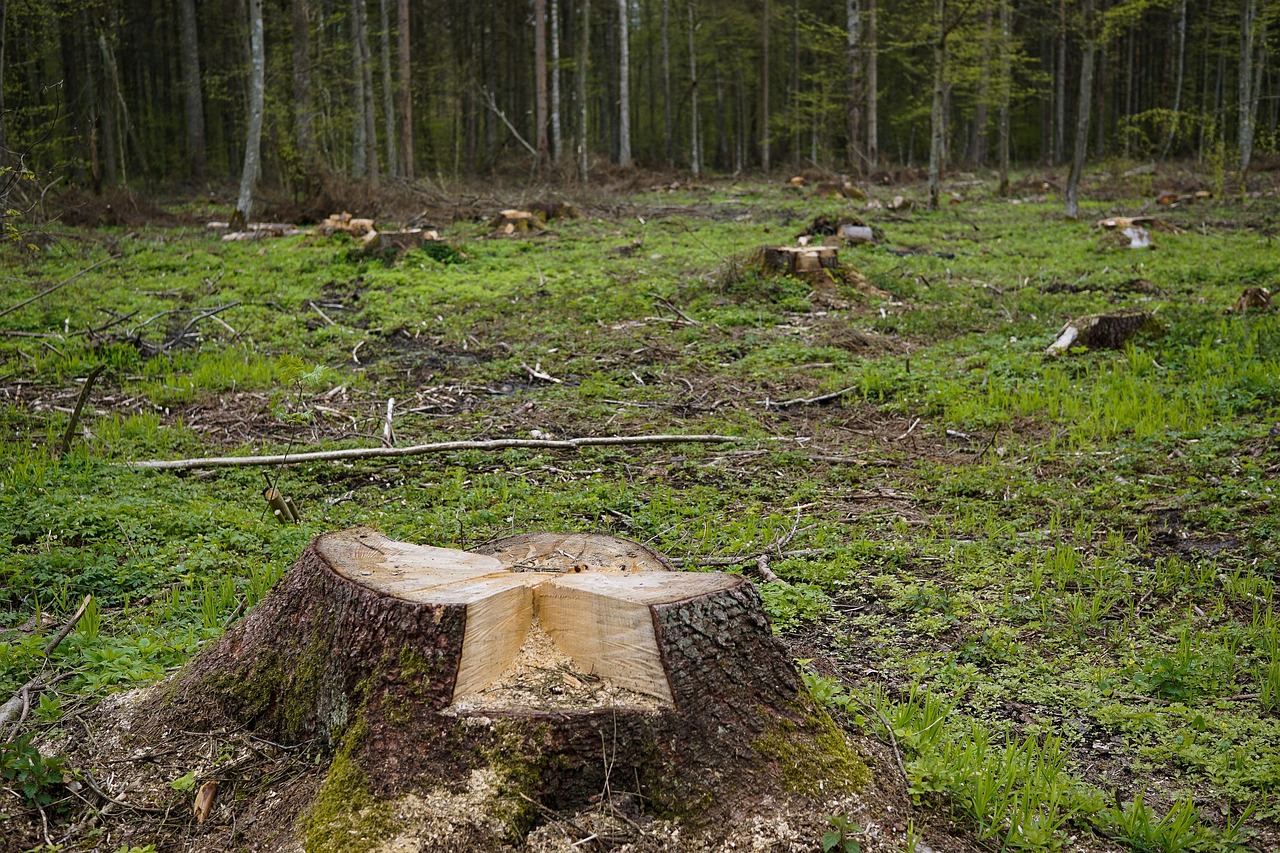AI Models for Deforestation Governance Compliance Risk: A Global Perspective

As global awareness regarding environmental sustainability intensifies, deforestation has emerged as a critical issue requiring immediate and effective governance. The rapid depletion of forests not only accelerates climate change but also threatens biodiversity, disrupts ecosystems, and affects indigenous communities. To address these multifaceted challenges, artificial intelligence (AI) is increasingly being employed to monitor, predict, and mitigate deforestation risks, offering a new frontier in governance compliance.
AI technology, with its capacity to analyze vast datasets and generate actionable insights, is uniquely positioned to enhance deforestation governance. By leveraging satellite imagery, machine learning models can now detect illegal logging activities, assess compliance with environmental regulations, and forecast areas at risk of deforestation. This article explores the application of AI in monitoring deforestation, highlights its global impact, and discusses its role in ensuring compliance with deforestation governance.
The Role of AI in Deforestation Monitoring
AI models are transforming how we monitor forests by providing real-time data and predictive analytics. These technologies utilize satellite imagery and remote sensing data to track changes in forest cover, identify deforestation hotspots, and predict future trends. The integration of AI in these processes offers significant advantages:
- Real-Time Monitoring: AI systems can process satellite data in real-time, providing instant alerts about illegal logging activities or forest fires. This capability allows for quicker responses and more effective enforcement of deforestation laws.
- Predictive Analytics: By analyzing historical data, AI can forecast deforestation patterns, helping policymakers allocate resources more effectively and implement preventive measures before significant damage occurs.
- Automated Reporting: AI can automate the reporting of deforestation activities, reducing the risk of human error and ensuring that data is consistently and accurately reported to governing bodies.
Global Context and Case Studies
The use of AI in deforestation monitoring is gaining traction globally. In Brazil, the Amazon rainforest—often referred to as the “lungs of the Earth”—has been a focal point for AI-driven deforestation monitoring. Through partnerships with tech companies and environmental organizations, Brazil has implemented AI systems that use satellite imagery to track illegal logging, resulting in a significant reduction in deforestation rates.
Similarly, in Indonesia, AI models are being employed to combat deforestation in the country’s vast tropical forests. By integrating AI into its governance framework, Indonesia has enhanced its ability to enforce environmental regulations and protect critical habitats.
In Africa, the Democratic Republic of Congo has also begun utilizing AI to safeguard its rainforests, which are the second-largest in the world. The AI systems deployed in the region provide valuable insights that aid in conservation efforts and support sustainable land management practices.
Challenges and Future Directions
While AI presents promising solutions for deforestation governance, several challenges remain. Data quality and availability can vary significantly between regions, potentially impacting the accuracy of AI models. Additionally, the implementation of AI technologies requires significant investment and technical expertise, which may be lacking in developing countries.
Furthermore, ethical considerations must be addressed, particularly concerning the collection and use of data from indigenous lands. Ensuring that AI systems are transparent, equitable, and inclusive is crucial for gaining the trust of local communities and stakeholders.
Looking forward, the continued advancement of AI technologies will likely enhance their effectiveness in deforestation governance. Collaborations between governments, NGOs, and technology companies will be instrumental in overcoming existing barriers and maximizing the potential of AI for sustainable forestry management.
Conclusion
AI models represent a powerful tool for addressing the complex issue of deforestation governance compliance risk. By enhancing monitoring capabilities, enabling predictive analytics, and streamlining reporting processes, AI has the potential to significantly impact efforts to curb deforestation worldwide. However, realizing this potential will require addressing existing challenges and fostering international collaboration to ensure that AI technologies are deployed effectively and ethically.
As the global community continues to prioritize environmental sustainability, the integration of AI into deforestation governance frameworks offers a promising path forward in the fight against climate change and biodiversity loss.














